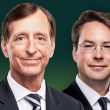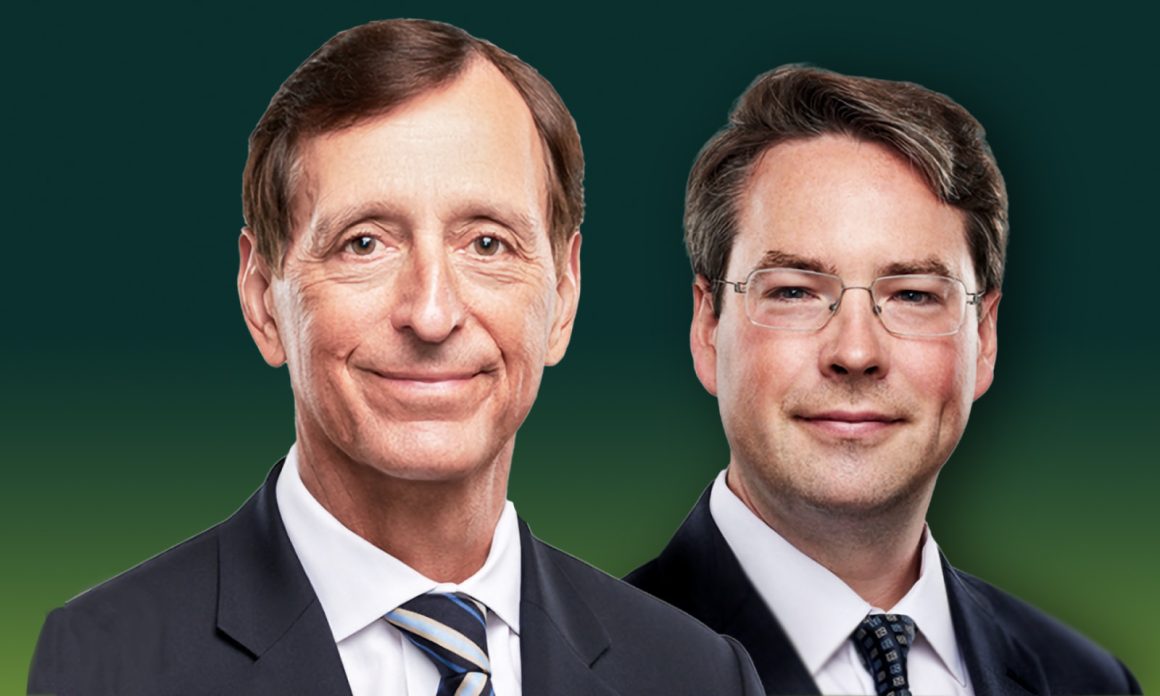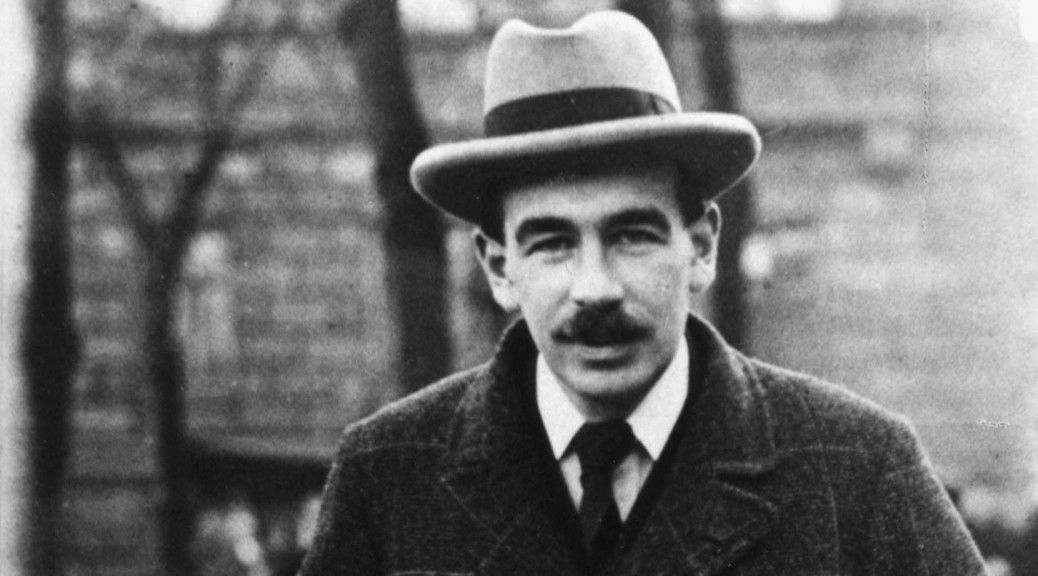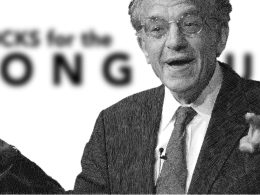In a world shaken by policy whiplash, trade upheaval, and renewed inflation fears, the team at Ninepoint Partners lays out a decisive case for active, defensive positioning in fixed income. Moderated by Managing Director Neil Ross, the April 30, 2025 webinar1 brings together Mark Wisniewski, Partner and Senior Portfolio Manager, and Etienne Bordeleau, Vice President and Portfolio Manager, to dissect the new Trump-era macroeconomic terrain—and how to profitably navigate it without taking undue risk.
“We think this is a great fixed income environment,” declares Wisniewski. “We think it’s going to become an even better fixed income environment.”
Tariffs, Uncertainty, and the Fed’s Bind
The macro backdrop, as Bordeleau explains, is one of deepening complexity. Donald Trump’s return to power has resurrected the “America First” doctrine, pushing aggressive tariffs not as negotiation tactics, but as systemic policy tools to reshape global trade. This time, the consequences are far more destabilizing.
“Most of these policies are highly stagflationary,” Bordeleau warns. “Plus he wants to introduce more fiscal easing. With fiscal deficits already really high, that makes the job of the Fed even harder.”
With growth now decelerating and inflation still sticky around 3%, the Fed is caught in a corner. According to Ninepoint’s view, rate cuts are off the table in the near term—unless there’s a significant deterioration in the labor market. Meanwhile, the term premium is rising, driving up long-end yields and flattening traditional recession hedges.
“We don’t really know… how quickly things might change,” Bordeleau adds, noting that the average U.S. tariff rate is now nearing levels seen in the 1930s. “A tariff in that range will bring massive economic damage to the U.S.”
Global Reverberations and Canada’s Curve
The economic pain isn’t confined to the U.S. Trade policy uncertainty has spiked to all-time highs, severely impacting capital allocation and household decisions. As a result, consumer spending and housing activity have collapsed.
Canada, while somewhat insulated, is not immune. Though GDP per capita has been negative for six consecutive quarters, the Bank of Canada (BoC) has been aggressive in cutting rates—more so than any other G7 central bank.
“We expect them to keep going [easing] despite the pause we saw last month,” says Bordeleau.
Fiscal stimulus, especially under Mark Carney’s new Liberal government’s infrastructure push, is also set to accelerate. That combination—aggressive monetary easing and ballooning deficits—has major implications for bond investors.
“We expect the yield curve to keep steepening,” he says, pointing to long-term issuance pressures. “That’s really important if you’re a fixed income investor—where you are on the curve matters.”
Tactical Shifts: Canada to the U.S., Front-End over Long-End
Wisniewski and Bordeleau describe a deliberate rebalancing away from Canadian rate exposure toward the U.S., especially in the five-year part of the curve, where opportunities to benefit from eventual Fed cuts remain.
“Recently this year… we started pivoting away from Canadian rate exposure and more into U.S. rate exposure,” Bordeleau explains.
Importantly, they are steering clear of duration risk. With expectations of steeper curves and increased bond supply, long-term government bonds are viewed as a landmine.
“We don’t really have much exposure past five years,” Bordeleau states. “It’s a bad place to be on the yield curve right now.”
Credit Focus: Defensive, Short Duration, High Quality
On the credit side, Wisniewski makes a bold claim: “We’d probably prefer to lend to TD Bank, Royal Bank, and some of the big blue-chip corporations ahead of lending to the Government of Canada.”
Their rationale: the traditional negative correlation between government bonds and risk assets has broken down. Instead of hiding in sovereigns, the Ninepoint team favors higher-yielding, short-dated corporate bonds.
Spreads have begun widening—though not dramatically yet. But sectors like autos, energy, REITs, and retail are flashing early signs of value. Wisniewski emphasizes they’re watching these segments closely, but are not yet diving in.
“It’s not quite cheap enough yet… but those are things we’re looking at,” he says.
They’re also active in the new issue market, which is finally starting to reward investors again.
“We’re being paid to buy new issues,” he says. “They’re getting a lot juicier.”
Portfolio Positioning: Dry Powder and Optionality
Across their three fixed income funds—the Diversified Bond Fund, the Alternative Credit Fund, and the OM Fund—the team maintains short duration (under three years on average), minimal FX exposure, and high credit quality.
“Everything that we own in the credit markets right now is fairly short,” says Wisniewski. “The beauty of that is that over time this turns into cash.”
The strategy is to stay liquid, get paid to wait, and be ready to pounce when credit spreads widen further.
“If we’re getting 4% right now, there’s potential to get 8%,” he says. “We’re in a great place to generate income—and great returns in the following years.”
Key Risks: Long Bonds, TLT, and U.S. Dollar Assets
Long government bonds are a major no-go, especially in the U.S., where fiscal deficits are rising and global buyers are reconsidering their allocations.
“The idea of U.S. exceptionalism has been shaken to its core,” Bordeleau says. “If the U.S. doesn’t have as large of a trade deficit in the future, that means people need to buy less Treasuries.”
Asked about whether there’s potential for TLT (long U.S. Treasury ETF) to rise above $100, he was blunt:
“We do not want exposure there.”
That goes for U.S. dollar exposure too. The team has used interest rate futures and options to limit FX risks.
“We’re more cautious around U.S. dollar exposure,” Bordeleau explains. “We are going to exit these positions over the next few months.”
Active Management: A Must in a Deformed Market
The discussion closes with a reflection on the value of active management in fixed income.
“Fixed income is all about risk management,” says Bordeleau. “This is not where you hit home runs. It’s where you hit as many singles and doubles as you can.”
Ninepoint’s funds have consistently outperformed passive indexes with the same or lower volatility. As Wisniewski summarizes:
“The returns speak for themselves. Active management in fixed income really works.”
Final Word: A Paradigm Shift in Motion
“Liberation Day really has been game-changing,” says Bordeleau. “You always want to prepare for potentially historic changes. This is a good time to own fixed income—but you want to be careful what kind.”
In this new era of economic brinkmanship, aggressive fiscal policy, and policy unpredictability, Wisniewski and Bordeleau have a clear message: Stay nimble, stay defensive, and position to take advantage of what comes next.
Footnote:
1 “Managing Trump Uncertainty: Defensive Positioning in Fixed Income (Webinar).” 30 April, 2025












